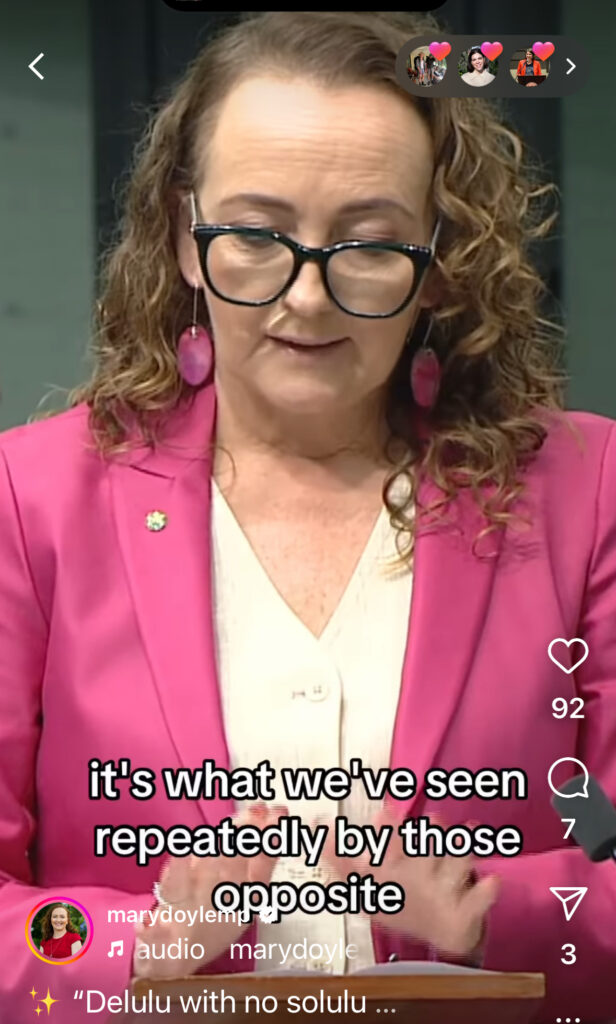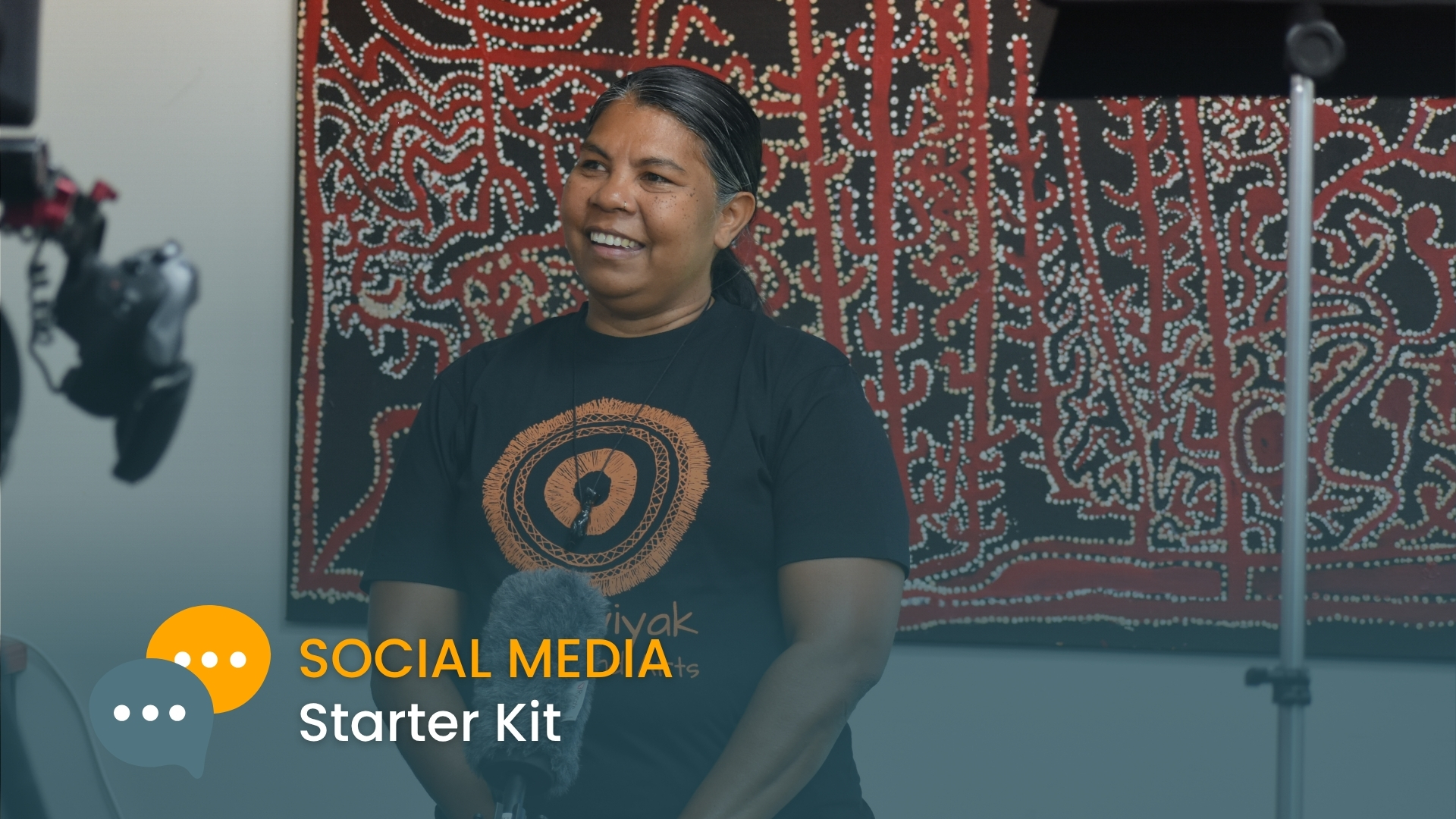Social media starter kit: Part 4
In this series, communications and social media expert Leanne Shingles shares practical tips and advice to help you build confidence on social media, and create targeted, engaging content to reach voters.
- In this post: Tips for video
- Next post: Smart social media advertising – Making every dollar count

About Leanne Shingles
Leanne is an experienced communications pro who has advised and created social media content for political candidates, MPs, unions, union leaders, peak bodies, small businesses, sole traders and artists.
While photos get great engagement on social media the real star of the show is video content, driven by the surging popularity of TikTok and of reels on Meta. Helpfully, it has also become a lot easier to make your own videos.
You don’t need to get a video camera – the camera on your mobile phone will do the job.
Before you start filming and after you’ve cleaned your lens, find a quiet place to film with a neutral or nice background and figure out if you will stand or sit. Alternatively, you might like to film yourself while walking and talking.
If you are going for a stable filming environment, try to stabilise the phone you’re filming on with a tripod, a pile of books, a box or a shelf.
Sound
The microphones on mobile phones are pretty good when you’re close to the phone but they don’t have a long range. It’s best to use an external mic to make sure your voice is clear. It’s also very important for generating accurate video captions.
Australian company RODE makes excellent microphones for this purpose that plug straight into your phone and they are not excessively expensive. For example, their wired lapel mic is about $90 and the wireless single mic kit is around $200.
Lighting
As well as sounding good, you want to look good too, so make sure there’s light on your face. Indoors, try standing facing a window or a lamp. You could also consider getting an inexpensive circle light on a tripod.
Speaking to camera
It’s a good idea to rehearse what you’ll say, but try not to read while you are filming. It’s quite off-putting for the viewer. If you can’t remember everything you want to say without reading, try filming in short bursts, one sentence at a time that you can stick together while editing, or use an auto-cue phone app so the text you are referring can be seen on your phone while you record the video.
Orientation
When filming short videos for reels or TikTok, orient the phone in the portrait position (ie phone straight up on its base). When filming longer content for YouTube, orient the phone in the landscape position (ie phone on its side)


Editing
Once you’ve recorded everything you wanted to say and do, it’s time to edit and produce a completed video.
You can easily edit and create video in the TikTok, Instagram and Facebook apps, but if you don’t want to edit it 3 times try using a video editing program like CapCut, Adobe or Canva to produce one video that can be uploadeded to all three social media apps.
There should be no gap at the beginning of your video. Edit the footage so that you start speaking within the first second of the video. A quick start to your video will increase engagement.
Always add captions. All of the apps referred to here have auto caption generation. It’s not perfect AI yet, so make sure you proofread and edit your captions before finalising the video.
Add music to your videos by selecting music the app has licensed for this purpose, but drop the music volume lower than the volume of your voice.
Bear all of that in mind, but also remember that it’s ok to not be perfect! Lean in to video and have fun with it, unless you’re addressing a very serious topic.
Good luck out there!

Online safety for women in the spotlight
Everyone should have the opportunity to benefit from using social media, but it can be a very challenging space for women to thrive in. Our Knowledge Hub hosts a growing collection of resources with guidance about combating online abuse, safeguarding your online presence, and preventing the online harms most commonly experienced by women leaders online.








